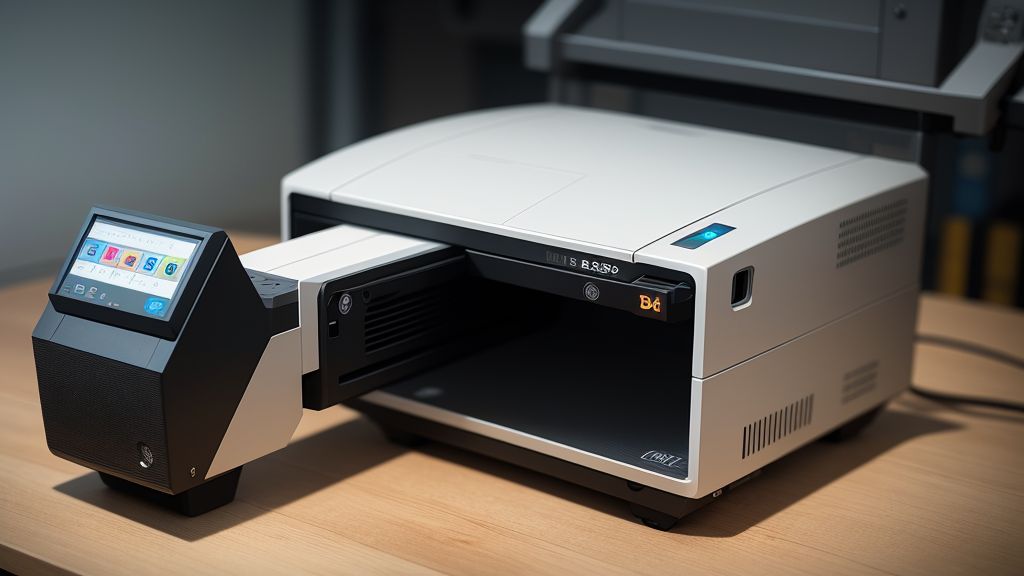
Is CNC cheaper than laser?
Determining whether CNC (Computer Numerical Control) machining is cheaper than laser cutting or engraving depends on several factors, including the type of material being processed, the complexity of the design, production volume, and the specific requirements of the finished product. Here’s a breakdown to help understand the cost implications of each technology:

Factors Influencing Cost
- Material Type and Thickness:
- CNC Machining: Generally more cost-effective for harder materials like metals and thicker materials that might be challenging for laser cutters unless a very powerful laser is used.
- Laser Cutting/Engraving: More efficient for thinner materials and softer materials like wood, plastics, or fabrics.
- Complexity of Design:
- CNC Machining: Complex designs can increase machine time significantly as the cutting tool needs to physically remove material through milling, drilling, or turning.
- Laser Cutting/Engraving: Can quickly process complex designs since it does not rely on physical removal but rather burns or melts away material. Intricate patterns might be achieved faster and with less waste.
- Setup and Operation Costs:
- CNC Machining: Typically involves higher setup costs due to the need for creating and changing physical tools and fixtures. The wear and tear on these tools also add to operational costs.
- Laser Cutting/Engraving: Lower setup times as changes in design are software-controlled without the need for physical tool changes. However, energy consumption can be high depending on laser power requirements.
- Production Volume:
- CNC Machining: More cost-effective at lower volumes because it doesn’t require as much initial setup or energy per unit as high-powered lasers might.
- Laser Cutting/Engraving: Becomes more cost-effective at higher volumes due to faster processing times per unit and minimal human intervention.
- Finish Quality:
- Both methods provide different types of finishes; CNC might require additional post-processing for smoothing edges which could add to costs whereas laser cutting provides cleaner edges but may leave burn marks on some materials that might require cleaning.
Example Scenarios
- For one-off prototypes or custom pieces involving hard metals, CNC machining might be more economical due to its versatility in handling diverse materials without extensive setup changes.
- For mass production of intricate designs in sheet metal or acrylics, laser cutting could be cheaper owing to its speed and ability to rapidly replicate precise cuts with little waste.
Conclusion
Whether CNC machining is cheaper than laser cutting depends heavily on your project’s specific details. If your primary concern is material thickness or hardness, CNC might offer a better price-performance ratio. However, if speed, precision in thin materials, and lower incremental costs are more critical—especially at higher volumes—laser technology could be more cost-efficient.
Ultimately, evaluating both methods based on your production needs will provide clearer insights into which technique offers better value for your particular application.